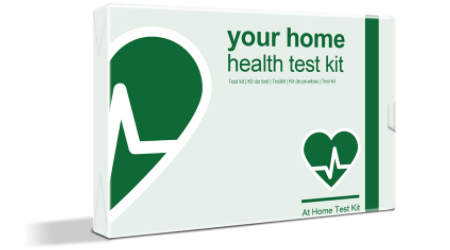Gluten-Free, Lactose-Free, Nut-Free. Supermarkets & food manufacturers have wised up to the growing trend of food intolerance awareness. They are investing heavily in the production of alternative foods which cater to the various food sensitivities and the market for food intolerance alternatives is expected to grow by 9.1% by 2023. This is making life much easier for consumers who have identified their food sensitivities to enjoy their favourite meals without having to experience the symptoms making their lives a misery. But how do you even know if you have a food intolerance? What are the symptoms, and how do you know which foods are causing them? Here we take a look at three of the most common food intolerances and what to look out for that might indicate a food intolerance.
Gluten
One of the most ubiquitous food intolerances, it is surprisingly common here in Ireland. The Coeliac Society of Ireland says that around 1 in every 100 people have a confirmed gluten sensitivity but say “for each person diagnosed, there are likely to be 5-10 people who remain undiagnosed.” This is pretty staggering. But how do you know if it’s time to go gluten-free? What are the symptoms you should be looking for?
- Bloating
- Diarrhoea
- Fatigue
- Abdominal pain
The good news for people living with gluten intolerance is that there are gluten-free alternatives for some of your favourite foods which contain gluten; beer, pizza & crisps all have gluten-free options.
Lactose
Widely considered to be the most common food intolerance, lactose intolerance is a condition where your body doesn’t produce sufficient amounts of the enzyme lactase which is required to break down lactose sufficiently for use or disposal. Lactose is a sugar which is found in dairy products such as milk, cheese and butter. So what are the symptoms that could indicate you have an intolerance to lactose?
- Stomach Rumbling
- Flatulence
- Bloating
- Diarrhoea
Mercifully, there are a wealth of lactose-free alternative products to help you mitigate the impact of your lactose intolerance.
Nut
Most commonly known as an allergen with potentially lethal consequences, nuts can also be an intolerant food item with less severe, but still sub-optimal symptoms. Nuts in themselves are easy enough to avoid, but its trace nuts in foods that tend to be troublesome to people. Often you will find a small print mention of “may contain nuts” on the back of your favourite products, but what are the symptoms of a nut intolerance?
- Headaches
- Diarrhoea
- Nasal Congestion
- Nausea
It can be incredibly challenging to eliminate nuts from your diet with the trace amount issue, but for people with nut allergies, it is essential, therefore doable. Once you have restored normal intolerance levels, you can begin to reintroduce nuts.
How To Identify The Foods Causing Your Symptoms
You may have noticed that some of the symptoms occur in all three instances of intolerance; this is what makes it incredibly challenging to identify your intolerances. Fortunately, you can take an intolerance test which can help you identify the exact foods you need to eliminate from your diet to relieve your symptoms. You can find an intolerance test to suit your budget here.


